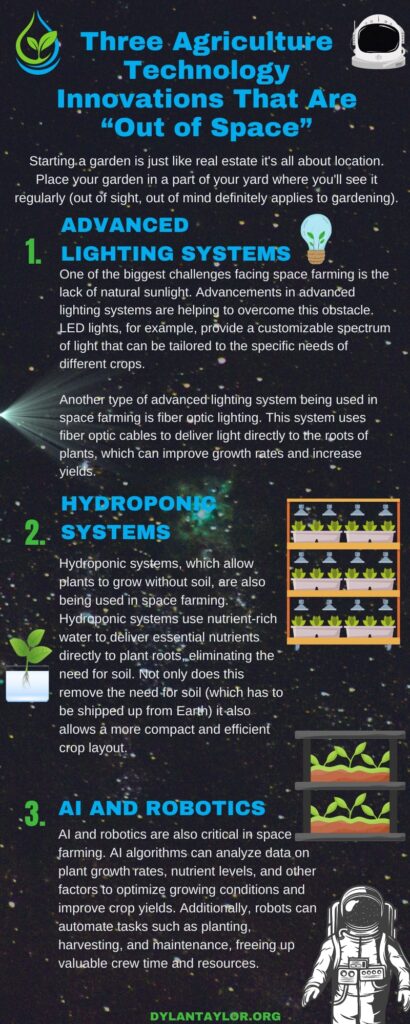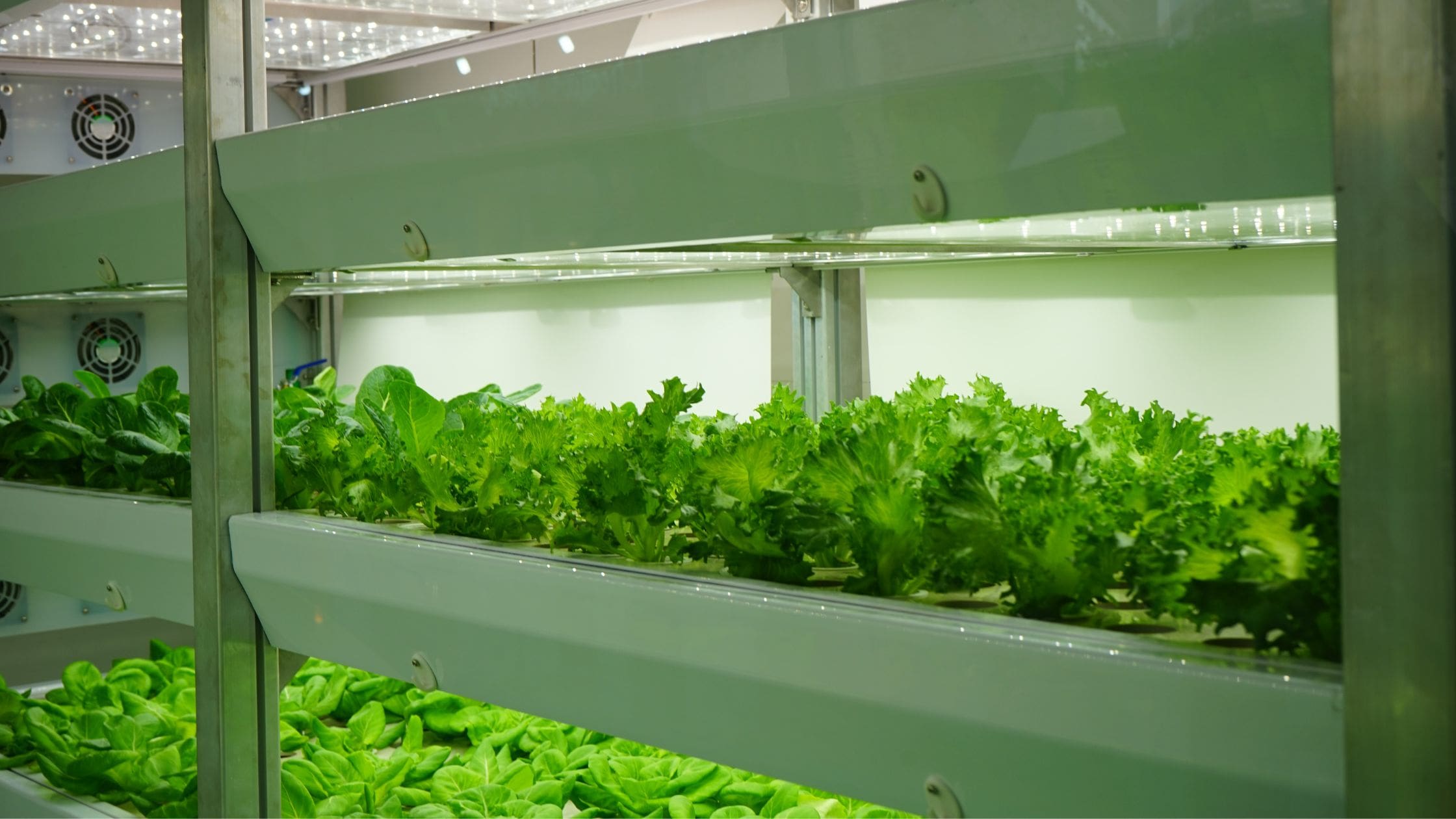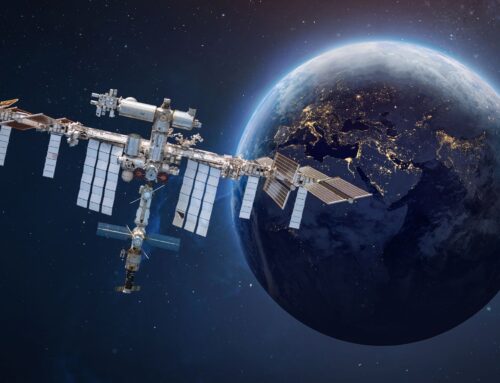As Earth’s population continues to rise – and the amount of arable land decreases – the need for innovative solutions to sustainably feed our planet becomes increasingly urgent. Enter space farming, a rapidly growing field that leverages advancements in AgTech to cultivate crops in outer space.
In this blog, we’ll explore three AgTech innovations revolutionizing space farming.
- Advanced Lighting Systems
One of the biggest challenges facing space farming is the lack of natural sunlight. Advancements in advanced lighting systems are helping to overcome this obstacle. LED lights, for example, provide a customizable spectrum of light that can be tailored to the specific needs of different crops. Additionally, LED lights use significantly less energy than traditional lighting systems, making them a more sustainable and cost-effective option. Moreover the hardware is lighter and has a much longer lifespan than other lighting technologies.
Another type of advanced lighting system being used in space farming is fiber optic lighting. This system uses fiber optic cables to deliver light directly to the roots of plants, which can improve growth rates and increase yields. Additionally, fiber optic lighting eliminates the need for bulky lighting fixtures, freeing up valuable space on the space farm. Light can be generated artificially or even collected from an external source like our sun. Or both.
- Hydroponic Systems
Hydroponic systems, which allow plants to grow without soil, are also being used in space farming. Hydroponic systems use nutrient-rich water to deliver essential nutrients directly to plant roots, eliminating the need for soil. Not only does this remove the need for soil (which has to be shipped up from Earth) it also allows a more compact and efficient crop layout. Another advantage of hydroponic systems is that they use significantly less water than traditional farming methods – up to 90% less water than soil-based farming.
Hydroponic systems also allow precise control over growing conditions, such as temperature, humidity, and nutrient levels. Add in advanced lighting and this high-end growth system can result in faster growth rates, higher yields, and more consistent crop quality. In space it is all about efficiency.
- AI and Robotics
Artificial intelligence (AI) and robotics are also critical in space farming. AI algorithms can analyze data on plant growth rates, nutrient levels, and other factors to optimize growing conditions and improve crop yields. Additionally, robots can automate tasks such as planting, harvesting, and maintenance, freeing up valuable crew time and resources.
One example of AI and robotics in space farming is the Advanced Plant Habitat (APH) on the International Space Station. The APH uses cameras and sensors to collect data on plant growth and send it back to Earth, where AI algorithms analyze the data to optimize growing conditions. The Mars Farm Odyssey is a new project that aims to create a fully automated space farm on Mars using robotics and AI. The project is developing a range of robots that can perform tasks such as planting, harvesting, and maintenance autonomously without the need for human intervention.
As the global population continues to grow and the amount of arable land decreases, space farming may become an increasingly important solution for sustainably feeding the planet. In countries where growing seasons are short or non-existent, advanced agriculture systems are being developed for space that can allow crops to be grown in areas on Earth previously deemed to be undesirable. With the advent of urban “vertical” gardens inside of large cities these technologies have a new application. Conversely, as we reinvent agriculture on Earth, those lessons can be quickly applied to space – and eventually, to other worlds where we may find ourselves living one day.
Space technology is both a generator of new technologies and a recipient of existing technologies developed on Earth. The synergy that emerges from the interchange magnifies the benefits that are developed here – and out there.







